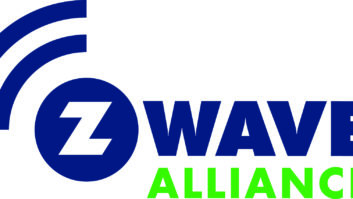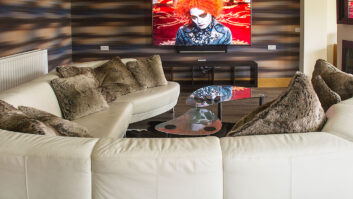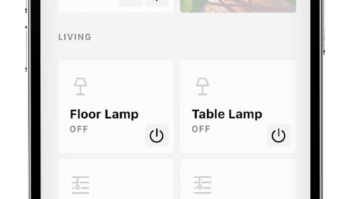
Since starting his business in 2011, Mark has proudly targeted the middle-market client, at least middle market for NYC. Historical job sizes have ranged from $5000 to $50,000, with some smaller and larger jobs sprinkled in there. While job sizes have grown over the years, he still abides by the mantra that “no job is too small.” For example, when deciding on which home automation platform to partner with, a key requirement at the time was a single-room universal remote solution for under $1000.
He is finding it increasingly difficult to appeal to the middle-market client with what has been happening in the economy and our industry. With price increases happening frequently (sometimes two-to-three times in 18 months from the same vendor) and many products going up 40 percent or more over that time, most of the middle-market clients are now priced out of our industry. Control4, with several price increases in the past two years and the introduction of its new Core series of processors, has increased pricing on a one-room system from $600 MSRP to $1155 today for the hardware. That is a price growth of over 10 percent per year. Control4 is not alone, and we are not picking on them — it is just an example that is readily available. Other examples are Access Networks increasing the price of the A350 access point from $575 to $750 this month, Sonos increasing pricing across the board two-to-three times in the past few years, and Snap One raising prices on everything from bulk wire to network hardware to IP power by up to 40 percent in less than two years.
More from Todd & Mark: Revisiting Managing Inventory and Vendor Partnerships in Times of Uncertainty
Clients are starting to balk at the pricing as items have increased up to double in price in the past five years. We are seeing an erosion of the middle market — these clients just can not afford the product we sell and are more likely to turn to DIY solutions such as Lutron Caseta lighting, Lutron Serena shades, Nest thermostats, August doorlocks, Arlo and Nest cameras, and so on. They are more willing to have multiple apps on their phones and less integration between subsystems because the price-value ratio just isn’t there for them. I understand, and if I were a consumer in this market, I’d probably feel the same way.
That is why Mark has been shifting his business to a more upscale, wealthier, larger ticket clientele. His close rate on the middle market has slipped significantly and the larger projects seem to be less price sensitive, or at least can afford most of the project and will add-on later if needed or desired. In the last 18 months he has sold his three largest projects ever.
We know this is not the fault of our vendor partners. Inflation is high, product and chip availability is scarce, and our partners are doing everything they can to keep product flowing and to hold prices in check. We just hope that when things even out and chip and other prices stabilize, our partners will re-evaluate the price increases and take reductions where possible to bring the middle market back into the fold.






